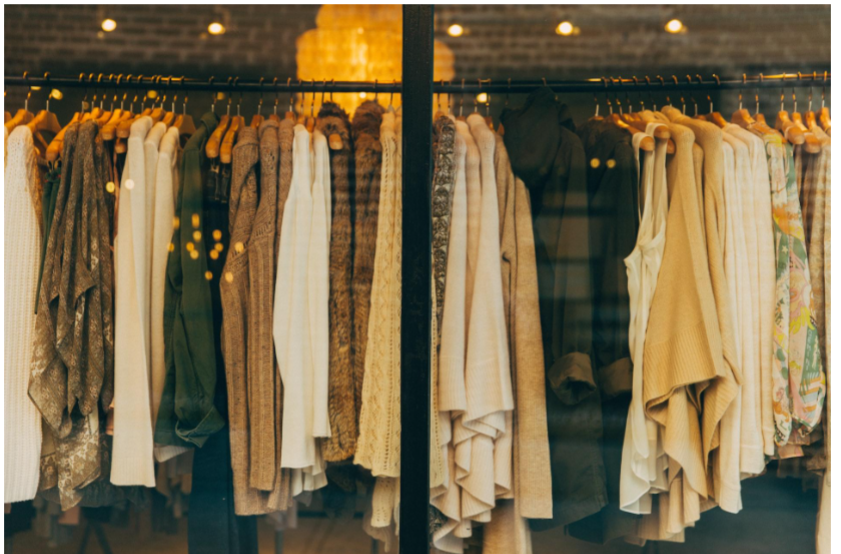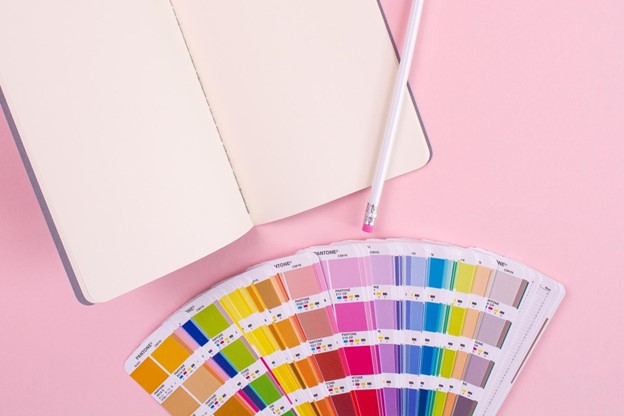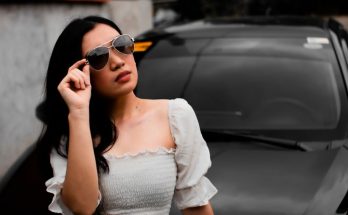Fashion is among the most significant industries globally, with a projected income of up to $3.3 trillion by 2030. Surprisingly, a lot has stayed the same in the industry’s operations in the past decade. Companies still prefer to outsource manual labor to enjoy low production costs without compromising quality.
Ann Dishinger is a key opinion leader in the fashion world. Her experience in the industry puts her in a position to advise upcoming firms, having worked with hundreds of established brands. Here are her views on the impact of technology on fashion design.
Ann Dishinger and Her Experience in Fashion
Although fashion design is a challenging industry, Ann Dishinger knows how to make it look easy. As she progresses in her freelance career, you’ll find her associated with numerous talented individuals across the industry.
According to a recent interview, Ann Dishinger’s love for fashion began very young. She’d find herself styling her clothes and even sewing by age six. Her passion for fashion exploded in college when she expressed herself through her clothes.
Ann Dishinger, a Chicago-based designer, has a BFA in Fashion Design, proving she has the necessary skills to achieve unique ideas.
The network she formed on campus, from mentors to lecturers, significantly boosted her career. Currently, Ann Dishinger focuses on helping other designers penetrate the industry while progressing in her career.
Technology Trends in Fashion
Technology’s impact on fashion is tremendous, both on customers and manufacturers. Modern customers focus more on instant access to the latest trends, making it significantly challenging for businesses to keep up with demand.
These designers must embrace technology to push their manufacturing, production, and marketing limits.Here are some of the technology trends in fashion, as highlighted by Ann Dishinger.
Artificial Intelligence
The number of brands considering AI to improve their customer’s shopping experience, increase sales, analyze data, and forecast trends are gradually growing.
Examples of AI devices that enhance customer experience include touchscreens and chatbots. Finding a fashion brand’s website that does not feature AI elements in its configuration is infrequent.
Trend forecasting and supply chain management are the most profitable AI applications in the fashion industry. It helps businesses track inventory in real-time, saving time and making warehouse management and operations more efficient.
Artificial intelligence also improves customer experience by allowing them to try out the outfits virtually. Brands like Gucci and Tommy Hilfiger provide digital showrooms to help buyers see how the clothes look on them. It proves that AI shapes fashion, from customer satisfaction to buying.
Novel Fabrics
The future of fashion design is in Novel fabrics. Instead of using eco-leather as a sustainable design material, designers can use lab-grown leather like super-strong spider silk. The latest novel fabric features ColorFab 3D, which changes color when exposed to specific wavelengths of UV light.
A collaboration by Google and Jacquard involves color-changing fabric that reacts to mood or setting. For example, a shirt’s cuff color will change when it receives an incoming call. Through such innovations, Ann Dishinger highlights how novel fabrics are reshaping fashion.
Internet of Things
The Internet of Things is also vital in the modern fashion industry. IoT describes a network of devices that can exchange data over the internet. They include smart clothing, multi-functional designs, wearable spaces, and responsive sportswear in fashion
IoT benefits the fashion industry in many ways, from data sharing and security to inventory management. Other businesses implement IoT to improve customer experience.
Mobile Commerce
Not as many fashion enthusiasts shop for products in traditional, physical stores. Almost everybody wants to shop through their phone as it eliminates all the hassles while guaranteeing discounts. The introduction of digital wallets fueled the adaptation and popularity of mobile commerce in the fashion industry.
Social media is another contributing factor to the growth of fashion e-commerce. Modern brands use social media tools like Instagram to provide product awareness and facilitate purchase efforts. The platforms guarantee you greater visibility while providing more opportunities to make sales.
Virtual Reality
The applications of virtual and augmented reality extend to the world of fashion. Designers find this innovation helpful in enabling customers to try on outfits virtually. The accuracy guaranteed is immaculate since it includes customized measurement functionality and uses augmented reality technology.
Recent research shows a customer is likelier to buy a piece of clothing after trying it. It makes their shopping experience more engaging and keeps them on your website longer. Technologies like EFI Optitex also make it easier to find your perfect fit.
3D Printing
Designers value 3D printing as it creates new avenues for sustainability, customization, and creativity. As of 2022, many fashion brands incorporated 3D-printed accessories and complete outfits.
Although installing and operating a 3D printer takes hours, it significantly reduces fabric waste and requires less labor. Opting for printed garments reduces fabric waste by up to 35% while providing valuable insights into internal operations. Manufacturers like Shima Seiki use 3D printing to convert yarn cones into professionally-designed garments.
Advice to Aspiring Fashion Designers

Ann Dishinger emphasizes the need for upcoming fashion designers to build strong foundations in the industry. You can consider several approaches, like earning a degree, taking courses, or gaining practical internship experience.
It also helps to develop and maintain your unique perceptions and aesthetics. The industry’s intense competition is intense, and you’ll need to stand out with a clear vision and style.
Ann Dishinger also insists on creating an intriguing portfolio to boost your brand. Portfolios help showcase your work and accomplishments, improving your chances of landing valuable opportunities. You can consider the dozens of online platforms dedicated to helping you build a profile.
Aspiring fashion designers must also understand the importance of networking and industry connections. Start building relationships as early as possible; you never know who you’ll find at the top tomorrow. It is also wise to stay updated on the latest fashion trends and developments.
The last piece of advice from Ann Dishinger Chicago is to be persistent. Internalize that all industries have challenges, and fashion is no exception. Stay motivated and use technology to solve most of these complications.



